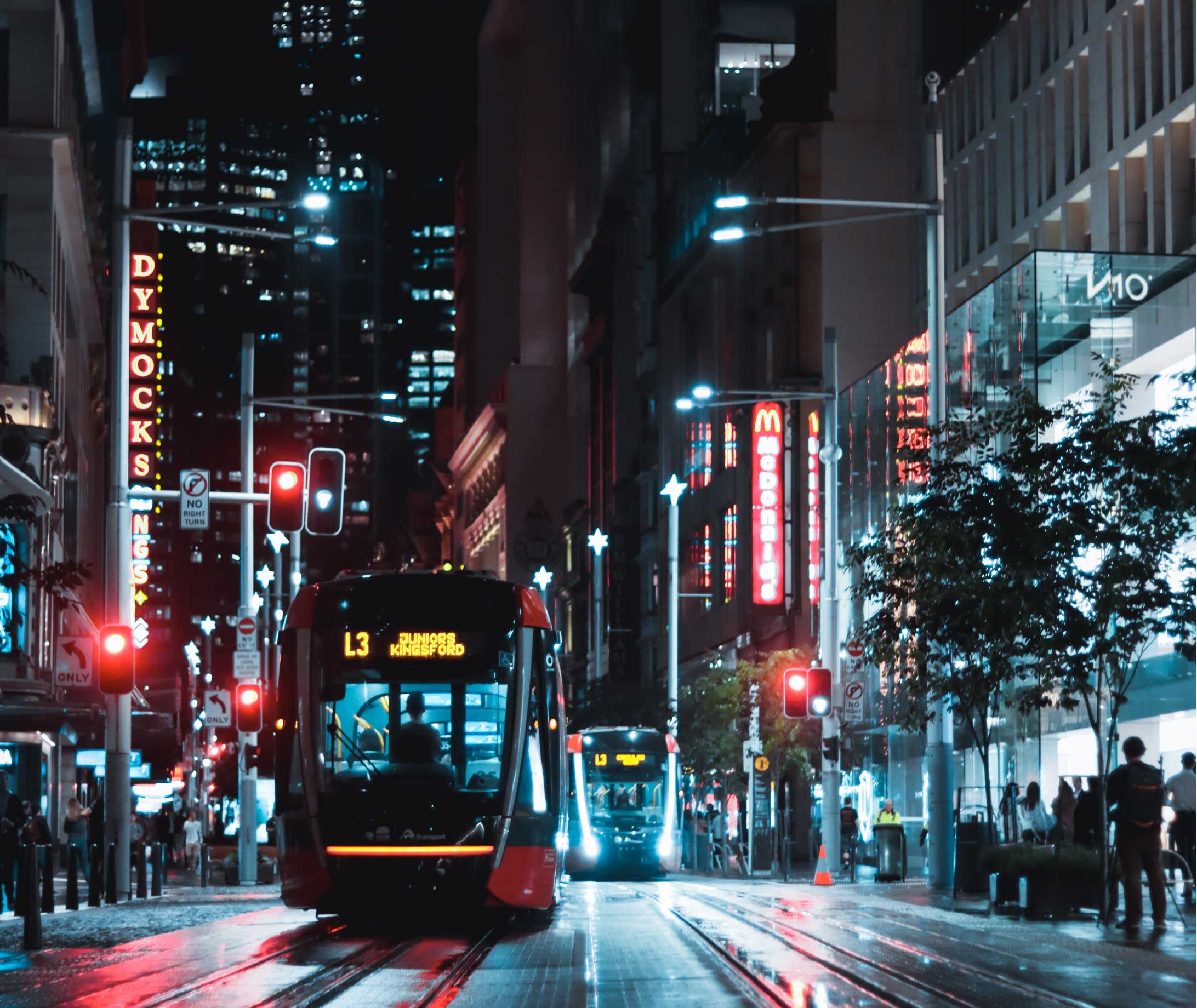World Cities Day: The future is urban

Future population forecasts
Thriving cities are important to thriving communities. Population forecasts predict that, by 2064, the global population will increase from 7.7 billion to 9.7 billion. Therefore, the places that people live will adjust remarkably in the coming decades. We live in an era of digital advancement and a focus on sustainability. Additionally, we are also experiencing a one in a 100-year industry shift in the way we work, due to the widespread adoption of work-from-home (WFH) as a result of COVID-19 lockdowns. Simply put, the future of cities will require planning shifts and strategic improvements as people consider and seek a CLD (Central Lifestyle District).
The urban future is liveable, sustainable and prosperous
By 2050, 70% of the world’s population is expected to live in cities, compared to 55% currently, according to the United Nations. World Cities Day, coined by the UN for the 31st October, prompts conversations on policy, housing, sustainability and liveability with a view to shape a future that works for people and the planet. The Economist Intelligence Unit has a global ranking of liveable cities that reveals Australia has four of the top 10 cities based on an index that uses five categories: stability, healthcare, culture & environment, education and infrastructure. Auckland in New Zealand led the world in 2021 with a score of 96.0 out of a potential 100, replacing Vienna, the capital of Austria, which was top of the charts from 2018-2020 (now ranked 12th).
Future proofing and planning
Cities currently take up 2% of the world’s total landmass and while they produce 80% of global GDP, they also produce 70% of carbon emissions. Cities have been the cornerstone of society since the industrial revolution, as urbanisation attracted people and collective benefits accelerated. The concern of whether the benefits of living in a city are distributed equally is a key point of tension felt by policy makers, planners, designers, and city residents. The suburban sprawl and crawl model of city development is not suitable for the endless growth of a city. This approach is often referred to as the egg yolk surrounded by egg white approach to planning, where CBD density is surrounded by suburban sprawl. It can be a flawed model when used without future-proofing strategies for cities.
3 colours of planning
Future-proofing cities for equality involves strategic thinking using the three colours of infrastructure planning (yellow, red and green) to provide quality of life for residents, protection of the planet and prospering of the city.
Cities need yellow transport infrastructure that connects people and places in a healthy way with minimal carbon impacts. Infrastructure that accommodates housing, offices, and retail, along with digital infrastructure is required in smart cities.
Cities need red infrastructure that creates economic prosperity for the city. As cities undergo a resurrection after the COVID-19 lockdowns, the heart of the city and its residents can focus clearly on fulfilling purposeful work efficiently in places that support innovation, creativity and collaboration.
Cities also need green (and blue) infrastructure, also known as biophilic planning. This focuses on fostering harmonious relationships between nature, society, and the economy. If cities can appreciate the positive impact of nature on society and our dependency on food and water, then a renewed focus on creating green and blue spaces in and around our cities will help to empower human flourishing.
In summary, as the global population approaches 10 billion people in the second half of this century, and with a greater proportion of humanity living in cities, redesigning cities through strategic future-proofing planning must be a priority. The new world of work, environmental concern, digital advancements and concern over growing inequality in our cities show that planning needs to focus on transport infrastructure to prepare for future growth and emerging generations. Places should be designed for people to work collaboratively in a new world of work and biophilic design approaches that care for people and the planet.





